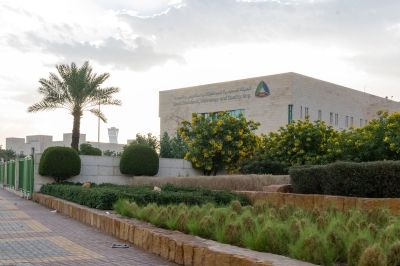
The Law of Roads and Buildings in the Kingdom of Saudi Arabia is a set of legal regulations governing the planning of buildings and roads, as well as the related procedures, in the Kingdom. It addresses matters concerning buildings and their operations, road infrastructure, and the necessary precautions and measures to prevent disasters in buildings.
History of the Law of Roads and Buildings in Saudi Arabia
The Law of Roads and Buildings in the Kingdom was issued in 1941, making it one of the oldest regulations in force in the Kingdom. Several articles of the law have been amended, including articles eleven, twelve, twenty-one, twenty-three, and 152.
The articles of the Law of Roads and Buildings were amended on two different dates: in 1972 and 1973. In 2021, Article 152 was amended by removing a specific paragraph.
Contents of the Law of Roads and Buildings in Saudi Arabia
The Law of Roads and Buildings consists of 160 articles and covers various aspects, including: definitions of terms used in the law, town planning, land use based on zoning, building line regulations, construction on building land, local architects, technical engineers, and contractors. It also includes special provisions related to construction, ventilation, lighting, restrooms, chimneys, electrical wiring, residential areas and building requirements, measures to prevent fire and flood, health precautions, license tickets, construction and renovation fees, inspection fees, general provisions, and locations exempt from fees.
Characteristics of the Law of Roads and Buildings in Saudi Arabia
The Law of Roads and Buildings addresses important topics, including the expropriation of property for public benefit. The law is distinguished by its detailed approach to expropriation in the preamble of the Cabinet decision, rather than in the articles themselves. It includes a request for interpretation of the expropriation provisions, particularly in a decision separate from the text of the Roads and Buildings Law. This decision clarifies potential issues that may arise from the law’s provisions related to expropriation for public benefit. The preamble of the Cabinet decision outlined the details of expropriation, including the reasons for it and the extent of property expropriated for public ownership, under which the owner is compensated.
The importance of the Law of Roads and Buildings in the Kingdom lies in its regulation of essential matters that benefit the general population. It details the engineering requirements to be followed in construction, the procedures for issuing building permits, and the responsible authorities. The law also addresses road planning, estimates and conditions for road paving, as well as safety procedures for buildings and roads in the event of disasters or accidents, all aimed at protecting individuals. Additionally, it covers various other topics related to buildings, roads, and associated transactions.
The terms mentioned in the provisions of the Law of Roads and Buildings were addressed by providing detailed, standardized definitions in Article Two of the Law of Roads.
The law provides detailed penalties to prevent violations and repeated mistakes in the application of its provisions, particularly regarding construction requirements and the procedures for issuing building permits.
Related quizzes
Related articles

